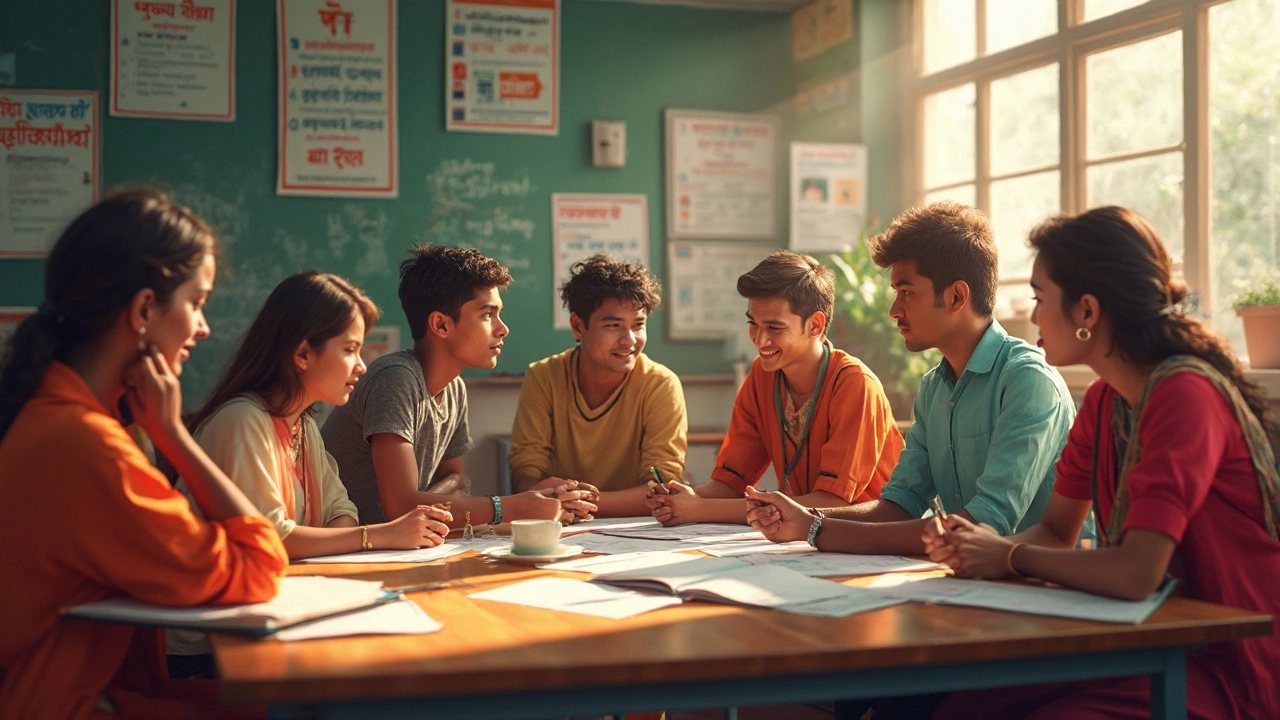Classroom Skills: Real Tips You Can Use Today
Walking into a classroom can feel like stepping onto a stage. You want the lights right, the audience focused, and the show flowing smoothly. The good news? Good classroom skills are learnable, not magical. Below are easy actions you can start using right now to make your lessons clearer and your class tighter.
Core Skills Every Teacher Needs
Clear instructions. Before you launch into a topic, write the goal on the board in plain language. Say it aloud, then ask a quick check‑in question like, “What are we trying to achieve today?” This little pause catches confusion before it spreads.
Classroom management basics. Set one or two simple rules, such as “Raise your hand before speaking” and “Keep materials organized.” Consistency beats strictness – enforce the rule the same way each time, and students learn the pattern quickly.
Active listening. When a student asks a question, repeat it in your own words before answering. This shows you heard them and gives you a moment to think of a clear response. It also models the listening skill you expect from the class.
Boosting Student Skills in the Classroom
Teaching isn’t just about delivering facts; it’s about giving students tools they’ll use beyond the syllabus.
Collaborative work. Pair or group students for short, focused tasks. Give each member a role – note‑taker, presenter, time‑keeper – so everyone stays engaged. After the activity, debrief what worked and what didn’t.
Mini‑feedback loops. Use quick polls, thumbs‑up/down, or a one‑minute write‑down to gauge understanding. Adjust the next step based on the results. This keeps the lesson dynamic and prevents wasted time on concepts already mastered.
Real‑world connections. Link new material to everyday life. For example, when teaching English to adult beginners, ask them to write a short email they might actually send. The relevance makes practice feel useful, not forced.
Finally, remember that skill‑building is a two‑way street. As you model good habits, invite students to share their own strategies. One learner might have a knack for summarizing, another for visual note‑taking. Sharing these tricks creates a community of learners who help each other improve.
Start with one or two of these ideas this week. You’ll notice a calmer environment, sharper focus, and students who feel more confident stepping up. Classroom skills grow with practice, so keep tweaking, keep listening, and keep making the space work for everyone.
Initial Training: The Real Kickoff for Every Teacher
Initial training is that first, crucial phase for anyone wanting to become a teacher. It covers everything from learning how to manage a classroom, to figuring out lesson planning and understanding how different students learn. The process blends university courses with practical, real-life teaching experiences. If you’re aiming to step confidently into a classroom, this is where you start laying that rock-solid foundation. Here’s what really matters (and what doesn’t) about initial teacher preparation.
read more